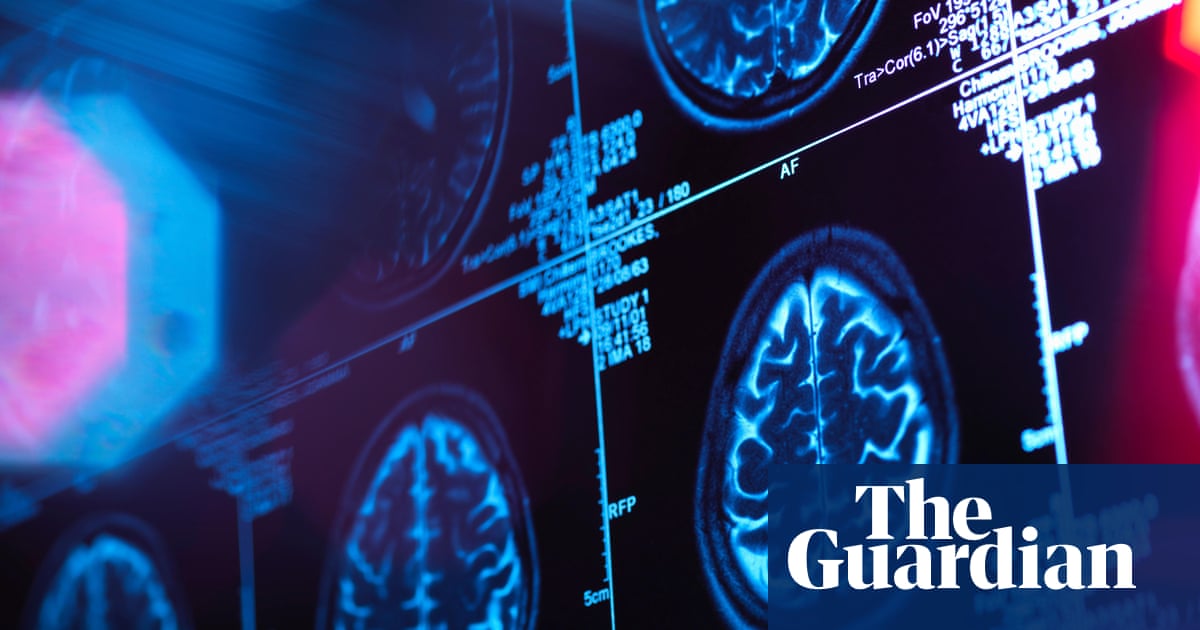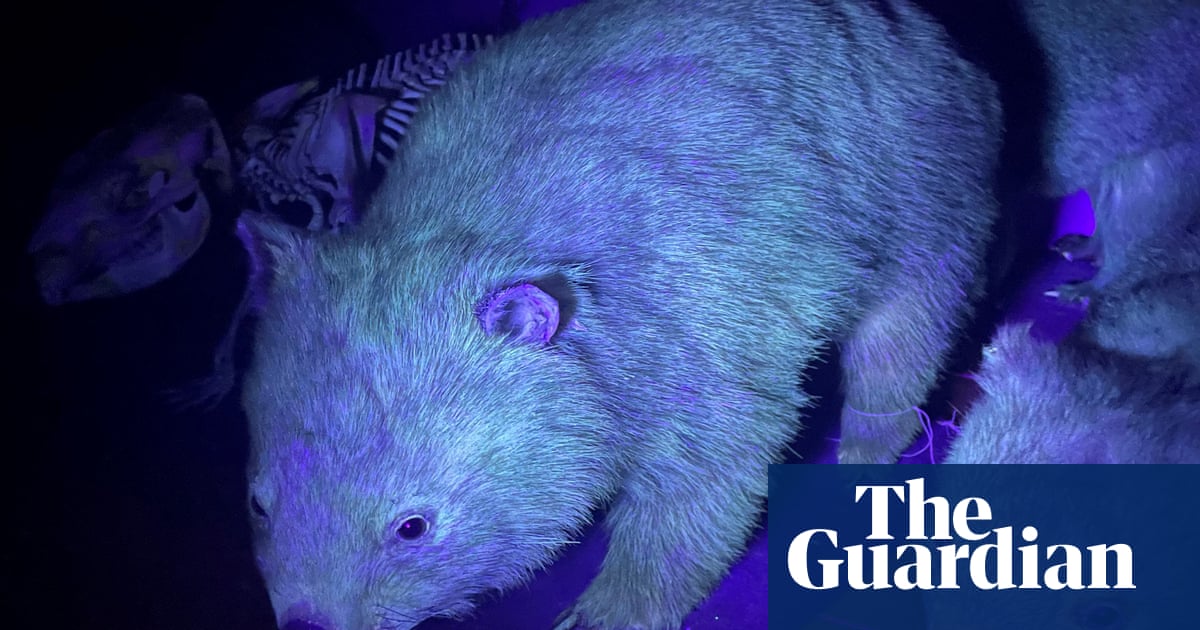
Genetic differences between identical twins can begin very early in embryonic development, according to a new study that researchers say has implications for studying the effects of nature versus nurture.
Identical – or monozygotic – twins come from a single fertilised egg that splits in two. They are important research subjects because they are thought to have minimal genetic differences. This means that when physical or behavioural differences emerge, environmental factors are presumed to be the likely cause.
But the new research, published on Thursday in the journal Nature Genetics, suggests the role of genetic factors in shaping these differences has been underestimated.
“The classic model has been to use identical twins to help you to separate the influence of genetics versus environment in analysis of diseases,” said Kari Stefansson, co-author of the paper and the head of Iceland’s deCODE genetics, a subsidiary of the US pharmaceutical company Amgen.
“So if you take identical twins raised apart and one of them developed autism, the classic interpretation has been that that is caused by the environment.
“But that is an extraordinarily dangerous conclusion,” he said, adding that there was a possibility the disease could be due to an early genetic mutation in one twin but not the other.
A mutation means an alteration in a sequence of DNA – a tiny change that is not inherently good or bad but can influence physical features or susceptibility to certain diseases.
Jan Dumanski, a geneticist at Uppsala University in Sweden, who was not involved in the new paper, praised it as “a clear and important contribution” to medical research. “The implication is that we have to be very careful when we are using twins as a model” for teasing apart the influences of nature and nurture, he said.
Stefansson and his team sequenced the genomes of 387 pairs of identical twins and their parents, spouses and children in order to track genetic mutations.
They measured mutations that occurred during embryonic growth and found that identical twins differed by an average of 5.2 early developmental mutations. In 15% of twins, the number of diverging mutations was higher.
When a mutation happened in the first few weeks of embryonic development, it would be expected to be widespread both in an individual’s cells and in those of their offspring.
In one of the pairs of twins studied, for example, a mutation was present in all cells in one sibling’s body – meaning it likely happened very early in development – but not at all in the other twin.
Stefansson said that out of the initial mass that would go on to form the individuals, “one of the twins is made out of the descendants of the cell where the mutation took place and nothing else”, while the other was not.
“These mutations are interesting because they allow you to begin to explore the way in which twinning happens.”
Given the genetic differences found, the very term identical may be misleading to describe the siblings. “I am more inclined to call them monozygotic twins today than identical,” Stefansson said.
Previous studies, including a 2008 paper in the American Journal of Human Genetics, have identified some genetic differences between identical twins.
The new study goes beyond earlier work by including DNA of parents, children and spouses of identical twins. That allowed the researchers to pinpoint when genetic mutations occurred in two different kinds of cells: those present in just one individual and those inherited by that person’s children.
Nancy Segal, a psychologist who studies twins at California State University Fullerton and was not involved in the paper, called the research “heroic and really significant”.
“This will force scientists to refine our thinking about the influences of genetics and environment,” she said. “Twins are very alike but it is not a perfect similarity.”












